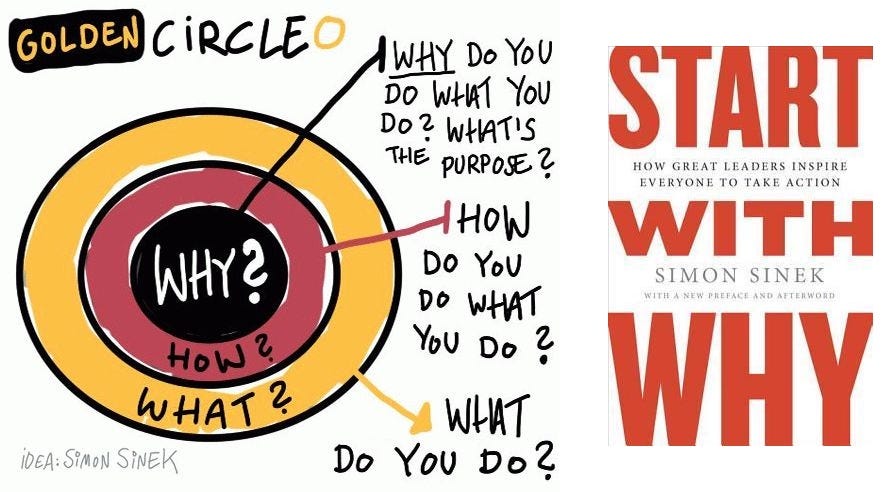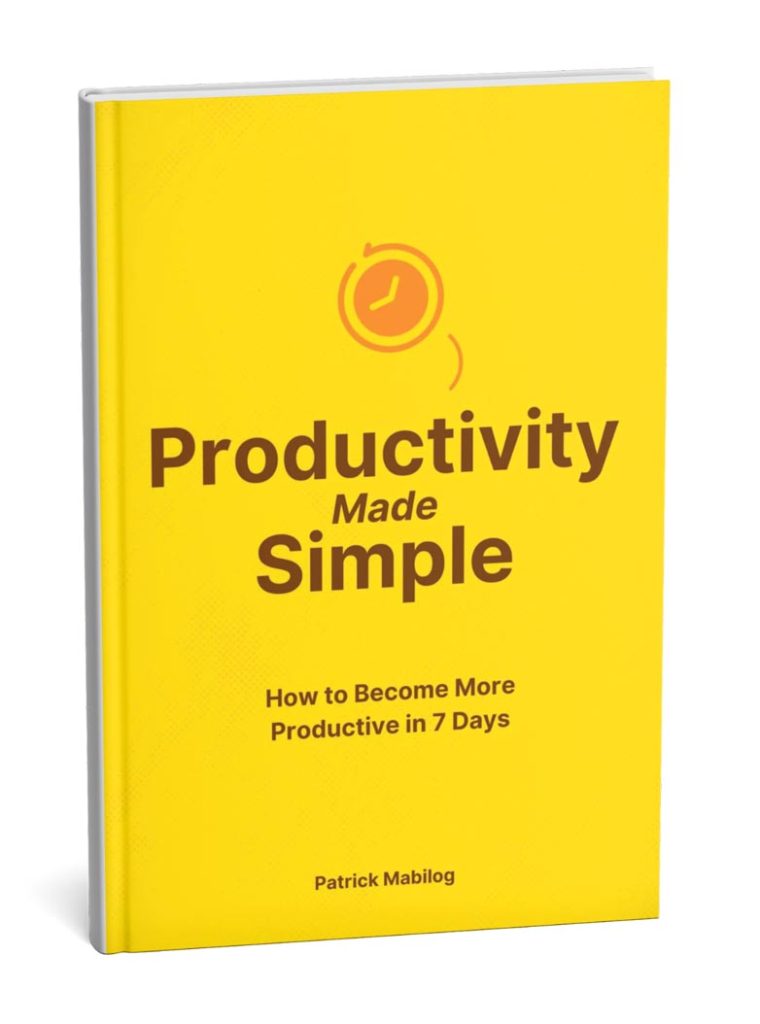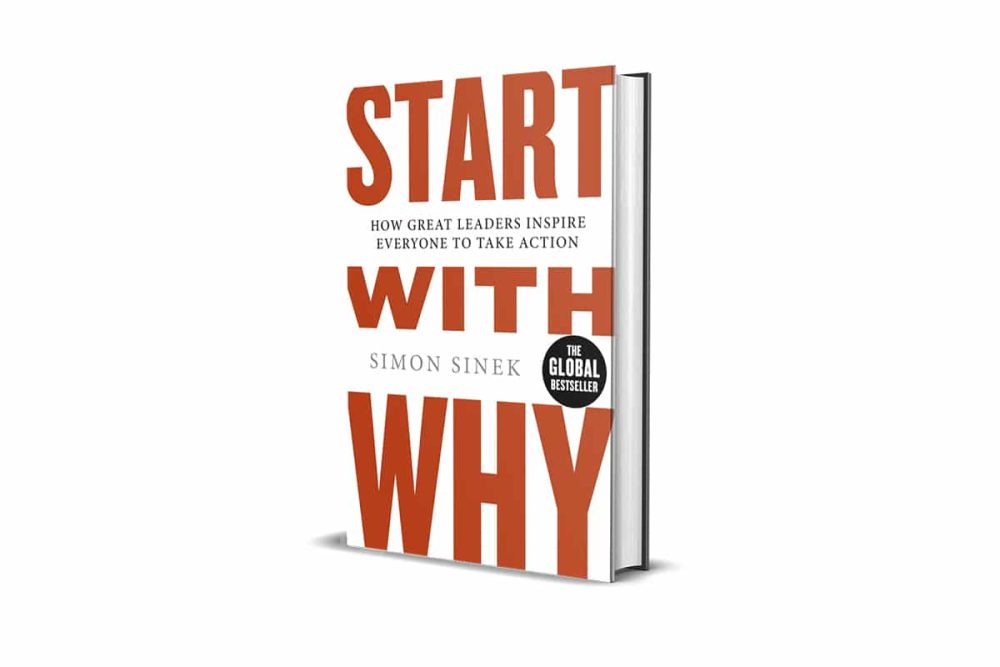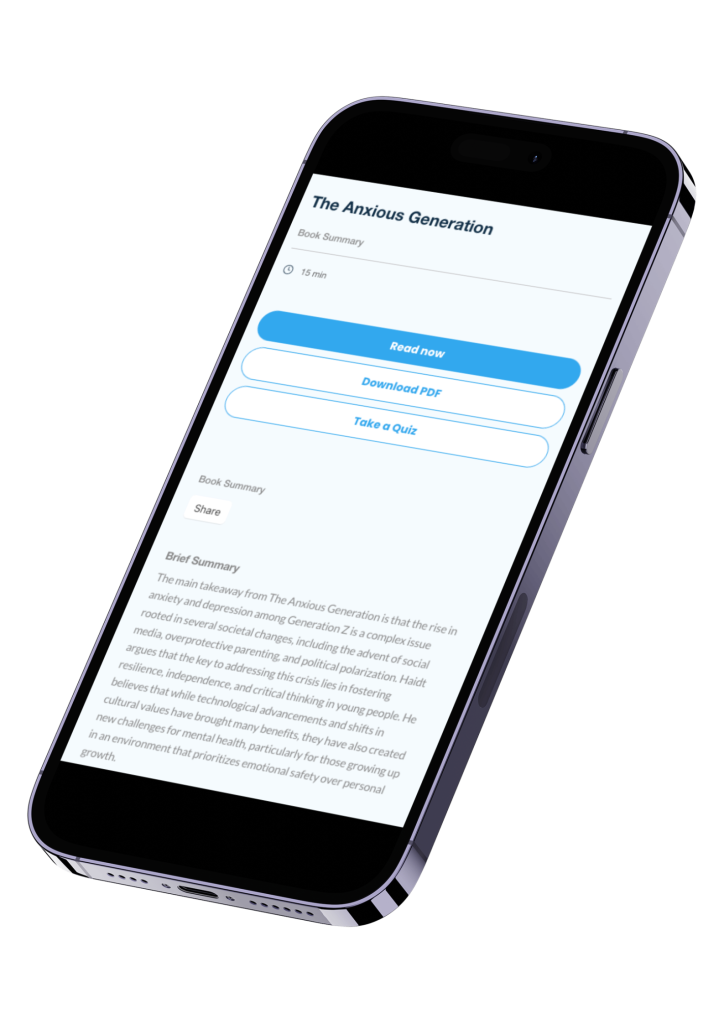If you’re feeling lost and purposeless as an organization or individual, “Start With Why” by Simon Sinek should be your next book. This guide dives into an extensive “Start With Why” summary. We’ll also look at key ideas from the book and chapter summaries, and I’ll share some of my takeaways, as always.
Bookworms and workaholics, let’s look at this timeless book together. Read on.
Start With Why: Summary
So, what’s the gist of this best-seller? “Start With Why: How Great Leaders Inspire Everyone to Take Action” looks at why some organizations and leaders can inspire and achieve more than others. Simon Sinek introduces a simple but powerful model, starting with the question “Why?”—why do organizations exist, why do they do what they do, and why people should care?
While “Start With Why” is primarily an organizational book, I find it a great guide for your journey. If these ideas work for some of the biggest and most successful businesses, there will surely be ways for you to implement them personally—whether in your families, circle of friends, or communities. You can even apply these ideas to yourself when you want to motivate yourself to act.
The book argues that the most successful and influential leaders, regardless of their industry or sector, think, act, and communicate similarly—and it’s the opposite of what everyone else does. Sinek calls this idea the “Golden Circle,” and it’s composed of three layers:
- Why (the core belief of the organization);
- How (how the organization achieves its core belief); and
- What (what the organization does).
Starting with Why (as the title indicates) inspires others to follow them for their beliefs and not just their products, creating a loyal following.
Unlock Key Book Insights in 15 Minutes with Sumizeit
Get essential lessons, insights, and strategies with bite-sized book summaries. Sumizeit helps you save time and stay ahead with expert-curated summaries from top business books.
Sign up today and start learning in just 15 minutes a day!
About the Author
Simon Sinek calls himself an unshakable optimist. He believes in a bright future and our ability to build it together. Described as “a visionary thinker with a rare intellect,” Sinek teaches leaders and organizations how to inspire people. With a bold goal to help build a world in which the vast majority of people go home every day feeling fulfilled by their work, Sinek is leading a movement to inspire people to do the things that inspire them.
Simon is best known for popularizing WHY in his first TED Talk in 2009, which remains one of the most popular TED talks ever. Check it out below:
Beyond “Start With Why,” Sinek has authored several other books, including “Leaders Eat Last,” (I wrote a summary about that book, too) “Together is Better,” and “The Infinite Game,” which further explore themes of leadership and organizational success. I also highly recommend you check out his podcast, “A Bit of Optimism.”
How to Start With Why Chapters & Summaries
“Start With Why” is divided into parts that delve deeply into the concept of the Golden Circle, providing a framework that leaders can use to inspire action.
- The Golden Circle — This chapter introduces the concept of the Golden Circle, explaining how most companies know what they do, some know how they do it, but very few know why they do what they do. The “why” is not about making money—that’s a result. It’s about the purpose, cause, or belief that drives the organization.
- The Biology of Why — This chapter explores how human biology supports the Golden Circle model. He explains that the “why” corresponds to the limbic brain, which is responsible for feelings such as trust, loyalty, and decision-making. This contrasts with the neocortex, which corresponds to the “what” and is responsible for analytical thought and language.
- The Celery Test — This chapter metaphorically uses the “Celery Test” to demonstrate the importance of knowing your WHY. It shows that knowing your WHY helps you make better and more consistent decisions, akin to choosing what’s truly beneficial for you (like celery) in a market full of choices.
- Find Your Why — Here, Sinek discusses the importance of individuals and organizations discovering their WHY—their purpose, cause, or belief. He provides insights and tools for uncovering this critical element, essential for inspiring leadership and action.
- Communicate Your Why — After finding your WHY, the next step is communicating it effectively. This chapter focuses on the importance of clarity, discipline, and consistency in messaging, ensuring that everything you say and do communicates your WHY.
- Leaders Need a Following — Leadership is not about being in charge but about caring for those in your charge. Sinek explains that leaders who start with WHY create a strong following of people who believe in their vision.
- How to Rally Those Who Believe — This section delves into strategies for building a movement of people who share your belief and are willing to take action for it. It highlights the importance of creating a sense of belonging and community among followers.
- Keep WHY Alive—Over time, it’s easy for the WHY to get lost amid growth, change, and success. This chapter advises ensuring that the original WHY remains at the heart of everything the organization does.
Key Ideas from the Book
Idea 1: The Golden Circle
Simon Sinek introduces the Golden Circle as a framework to explain why some organizations and leaders can inspire action, loyalty, and innovation while others cannot. The Golden Circle comprises three concentric circles: Why, How, and What. The idea is that most companies know what they do (products or services) and how they do it (the differentiating value proposition).

However, very few can clearly articulate why they do what they do (the purpose, cause, or belief that inspires them). Sinek argues that inspirational leadership and innovation start with the Why – the purpose, cause, or belief behind why a company exists and why it does what it does.
Idea 2: Start With Why
The book’s core message is encapsulated in this idea: to inspire others, always communicate your Why before explaining how and what you do. This principle applies not just to business but to all forms of communication.
People are driven by purpose and belief, and when organizations start with why, they can connect more meaningfully with their audience.
Idea 3: The Biology of Decision-Making
Sinek delves into the biological basis of decision-making, explaining how our brains are wired to respond to the Why. He describes how the limbic brain, responsible for feelings like trust, loyalty, and decision-making, responds to the emotional appeal of Why.
In contrast, our rational thought processes, handled by the neocortex, deal with analytical information like what and how. Sinek’s point is that people don’t truly buy a product, service, or idea until they understand the why behind it because decisions are made emotionally and logically justified.
Idea 4: The Law of Diffusion of Innovation
This idea explains how new ideas, products, or innovations are adopted in society. Sinek uses this law to underscore the importance of targeting the early adopters who buy into the Why of a product or innovation. These early adopters are crucial in creating a tipping point that leads to mass market adoption.
Focusing on those who share the organization’s beliefs and are willing to try a new idea lets companies more effectively spread their message and achieve widespread success.
Idea 5: Leaders Need a Following
Sinek highlights that leadership is not about being in charge but about caring for those in charge. True leaders inspire others to follow them, not because they have to, but because they want to.
For a movement to start or an idea to spread, a leader must have a clear Why and communicate it effectively. However, equally important are the first followers, who validate and amplify the leader’s message, making it easier for others to follow.
Personal Reflections
Reflecting on “Start With Why,” I find its principles enlightening and profoundly transformative. Focusing on Why offers a clear path to not only standing out but also to fostering genuine connections and inspiring change.
As someone who’s always been passionate about finding and cultivating purpose in both personal and professional endeavors, Sinek’s insights resonate deeply with me. The Golden Circle, in particular, has given me a powerful tool to reassess and articulate my own Why and help others discover theirs.
In my life and career, starting with Why has been a game-changer. It’s shifted my approach to decision-making from the types of projects I undertake to how I communicate with colleagues and clients. Leading with Why helped me improve how I engage people under my care. It’s also improved satisfaction and loyalty in my professional relationships. This principle has also served as a compass in times of uncertainty, helping me to stay aligned with my core values and vision.
Simon Sinek’s exploration of the biology of decision-making has also profoundly impacted me. Understanding that people are inherently emotional decision-makers has underscored the importance of communicating in a way that resonates on a deeper, more instinctual level. It’s a reminder that to connect and inspire truly, one must appeal to the heart as much as to the head.
“Start With Why” was probably one of my most compelling calls to action to live and lead purposefully. Sinek’s work has equipped me with the knowledge and tools to inspire others and inspired me to continue seeking and refining my own Why.
Other summaries to check out:






